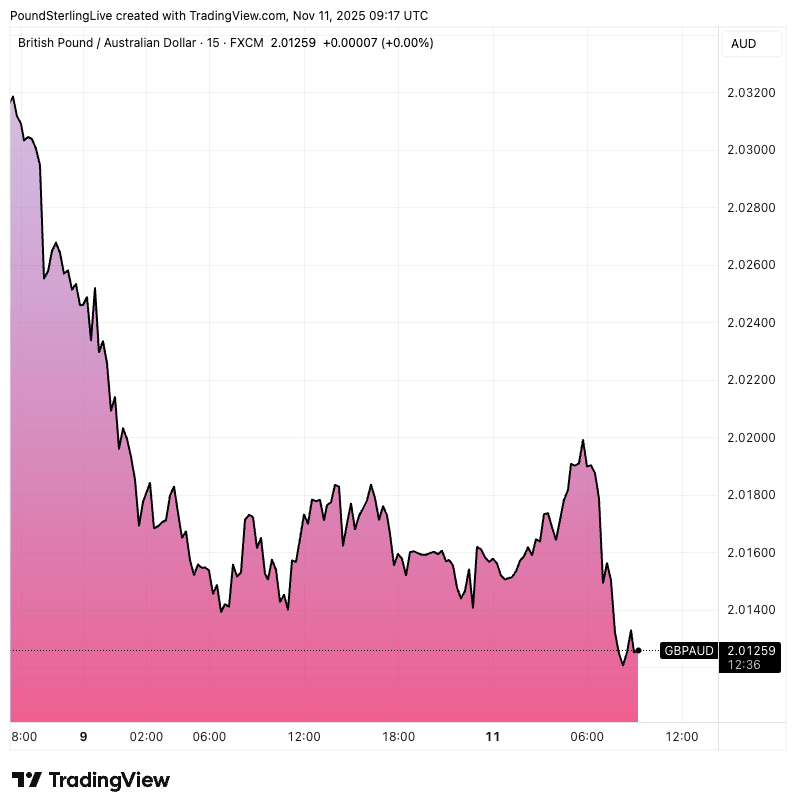
File image Andrew Hauser. Source & credits: RBA, Pound Sterling Live.
Credit Agricole believes the Australian dollar will remain underpinned by the perception that the RBA is likely to remain cautious.
The Australian dollar strengthened after a hawkish address by Reserve Bank of Australia (RBA) Deputy Governor Andrew Hauser reinforced expectations that the central bank will maintain a restrictive stance for longer.
Hauser delivered what FX analysts at Crédit Agricole describe as "a hawkish assessment of the potential paths for the Australian economy in the coming year."
The Deputy Governor said the RBA faces "significant uncertainty about the path of the economy and therefore its forecasts", noting that the economy is operating with "much less spare capacity than it has over the past 40 years when beginning an economic recovery".
"Australia’s abysmal productivity growth … is a large part of the reason for this lower speed limit," he said, outlining three potential paths for the economy.
The first assumes more spare capacity than the RBA currently estimates, allowing inflation to fall back as expected and opening the door to several rate cuts.
The second, which the bank favours, assumes a lower speed limit where the pick-up in demand over recent months is already testing capacity, meaning inflation proves more resilient and no further cuts occur.

Above: GBP/AUD falls amidst renewed AUD strength.
The third scenario envisages a more optimistic outcome in which productivity improves, capacity expands and growth continues without adding inflationary pressure.
Credit Agricole says "scenarios one and three would lead to further RBA rate cuts, number one perhaps several more and number three maybe one more cut."
These would be consistent with a weaker AUD profile.
However, under scenario two – which it believes most likely – "no more rate cuts" would take place.
"The AUD and the Australian rates market is agreeing with us and has pushed Australian rates and the currency higher on the back of Hauser’s speech," says Crédit Agricole analyst David Forrester.
According to Forrester, Hauser’s emphasis on capacity limits and poor productivity highlights the risk that Australia’s recovery could quickly run up against inflation constraints.
That prospect has encouraged investors to scale back expectations for further easing, keeping the Australian dollar supported.
He says the next key test will come from Australian labour market data due Thursday, which "could easily see the market swing back towards scenario one" if signs of weakness appear.
Until then, Credit Agricole believes the Australian dollar will remain underpinned by the perception that the RBA is likely to remain cautious and that policy divergence will continue to favour the currency.
